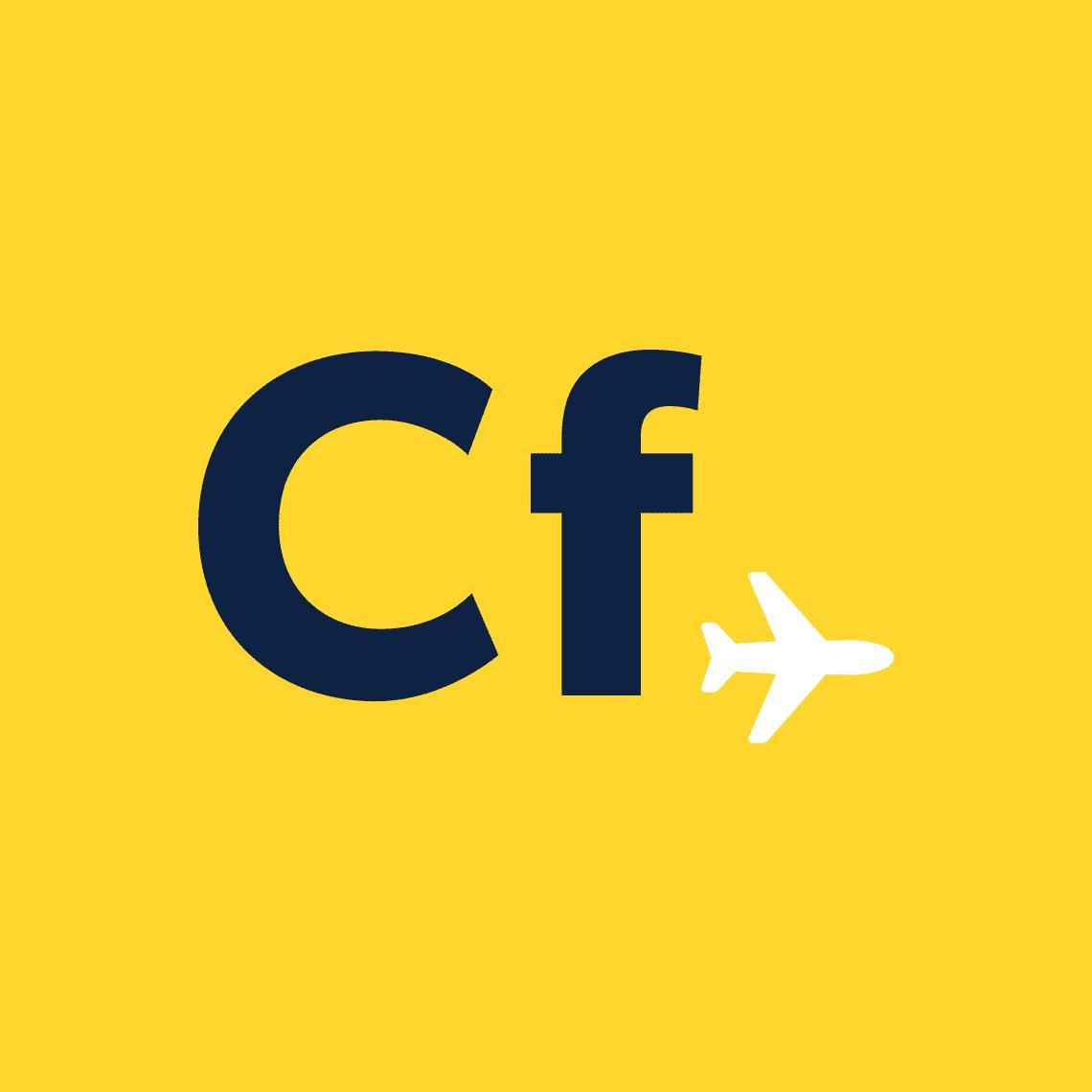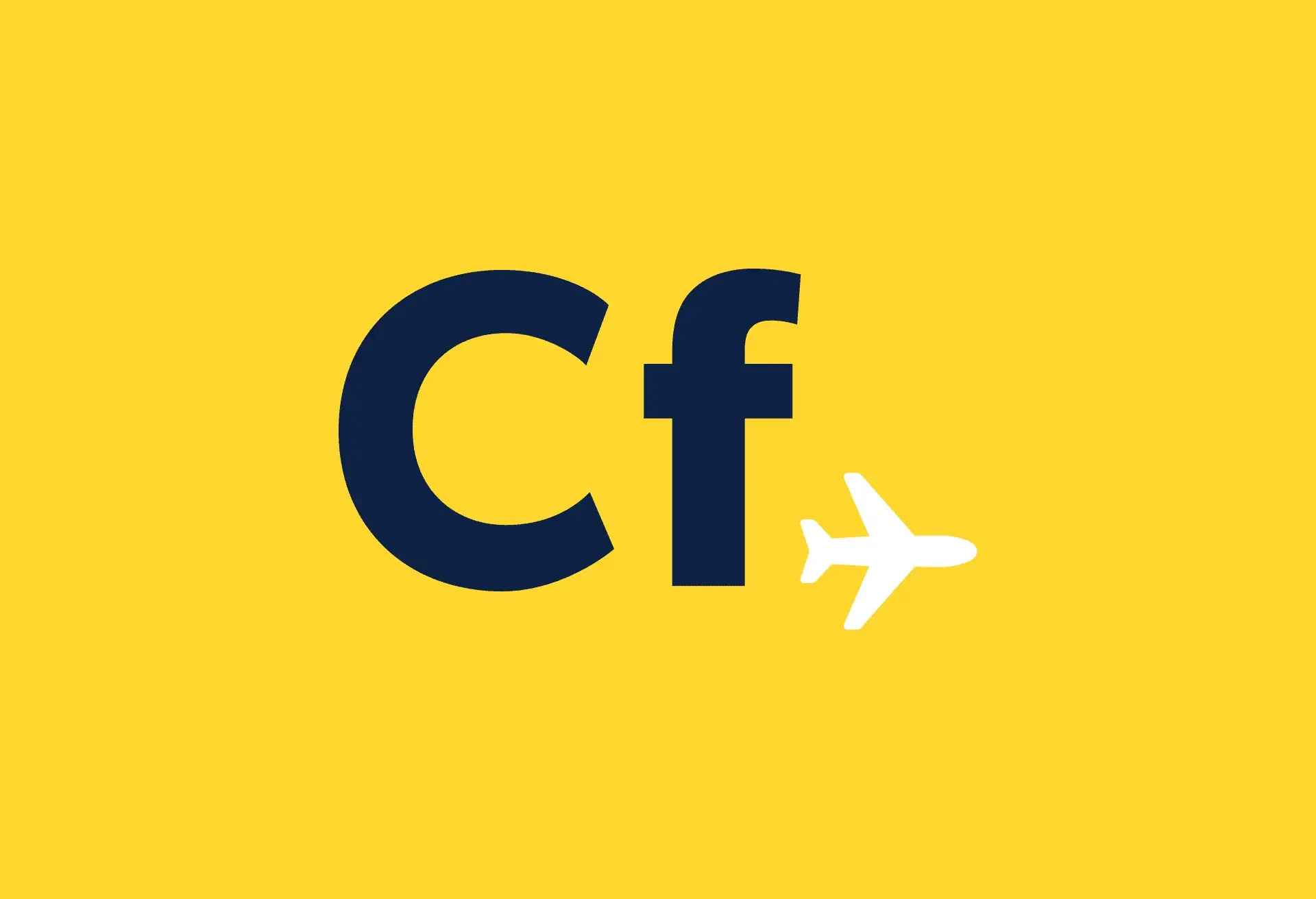Peru — a word meaning “land of abundance” in the Andean language of Quechua — remains true to its namesake. Abundant in culture, color and – in a more literal sense – a seemingly endless patchwork of terraced agricultural land, this South American country begs you to explore its spiritual locales, adventure opportunities and storied past.
Start in Lima and make an almost-circle counterclockwise around the southern portion of the country — a common route for tourists — and you’ll travel a path that saves the best for last, ending at one of the most iconic, spectacular places in the world: Machu Picchu. When you enter Machu Picchu and the ruins you’ve been looking at for so long (only on the pages of textbooks) come into view — framed by Wayna Picchu and completely surrounded by lush mountains — your heart skips a beat.
But in the lead up to that magical moment (and believe me, it is truly magical), Peru dishes out plenty of other captivating stops and experiences along the way. Take this photographic journey through one of South America’s most vibrant countries (and snag a few Peru tips along the way)…and check out our #PeruInstagramTakeover happening Tuesday, Oct. 28 over @Cheapflights!
Arequipa
Where to stay:
- La Casa de Melgar: This cool, centrally located hotel is a former bishop’s house and features interesting architecture and pretty outdoor courtyards.
What to do:
- Visit Santa Catalina Monastery
- Try some local Peruvian dishes (and the sangria) at Sol de Mayo
- Relax in the main square at sunset
Yanque and the Colca Valley
Where to stay:
- Killawasi Lodge: Gorgeous mountain views, relaxed atmosphere, friendly staff and an on-site restaurant with delicious food.
What to do:
- On your way from Arequipa to the Colca Valley, take in the sights: the volcanoes, vicuñas, llamas, alpacas and landscape
- Stop at a lookout in Achoma on your way up to Colca Canyon to take in the views
- Spend some time at Cruz del Condor and try to catch a glimpse of the second-largest flying bird in the world with a wing span that is often more than 10 feet across
- Walk along the rim of the stunning Colca Canyon
- Trek through the Colca Valley
- Enjoy a dip in the hot springs
Puno, Lake Titicaca and the Uros Floating Islands
Where to stay:
- Tierra Viva Puno Plaza: Centrally located and the staff is very helpful
What to do:
- See Lake Titicaca
- Take a boat out to the Uros Floating Islands and see how the inhabitants of these islands live
- Visit Yavari (you can even stay overnight aboard this ship)
Cusco
Where to stay:
- Hotel Casona Les Pleiades: Quiet, clean, situated on a quaint cobblestone walkway and just a short walk from the main square
What to do:
- Take a free walking tour of the city
- Duck in and out of the markets to find tons of Peruvian goods for purchase
- Grab drinks in the main square
- Visit the San Pedro market and order some freshly squeezed juice
The Sacred Valley and Machu Picchu
Where to stay:
- Casa Andina Luxury in Aguas Calientes: Just ask for a room toward the back of the hotel as the train tracks are out front.
- The Sanctuary Lodge at Machu Picchu: Very pricey, but if you can swing it, it’s worth it. This is the only hotel located up at Machu Picchu.
What to do:
- Leave Cusco and venture through the Sacred Valley
- Visit the Inca ruins of Pisac and Ollantaytambo
- Explore the Pisac market and pick up any Peruvian goods
- Adventure seekers can do one of several treks (including the famous Inca Trail) ending at Machu Picchu (just book ahead with the tour companies as the treks can fill up months in advance)
- Take the train from Ollantaytambo to Aguas Calientes and stay there for the night
- Take the first bus (or walk if you’re brave) from Aguas Calientes up to Machu Picchu to see the sunrise — make sure you get your entry tickets to Machu Picchu in Aguas Calientes before getting on the bus
- Tour Machu Picchu and hike up to the Sun Gates
- Just relax in Machu Picchu and soak up this spectacular place
Food and drink in Peru
Food and drinks to try:
- Guinea pig — tastes very similar to chicken, but is quite stringy and difficult to eat
- Alpaca — somewhere between beef and pork in texture and taste
- Pisco sour — the national drink of Peru
- A reed from the Uros Floating Islands — somewhere between a banana and celery stalk in texture with almost no taste
- Ceviche — raw fish cured in lemon or lime juice
- Coca tea — made with coca leaves, which are said to help curb altitude sickness
- Quinoa — a common crop in the Colca Valley
- Corn — there are 52 types grown in Peru
- Onions — grown in Arequipa
Restaurants to check out:
- Sol de Mayo in Arequipa
- The restaurant at Killawasi Lodge in Yanque
- Cafe-Bar de la Casa Del Corregidor in Puno
- Norton’s Pub in Cusco for a beer and some people watching
- Jack’s Cafe in Cusco for some American food
- Pachapapa in Cusco
- Tanta in Lima
- La Barra Casa Moreyra in Lima
(Main image: Pearse Lombard)


